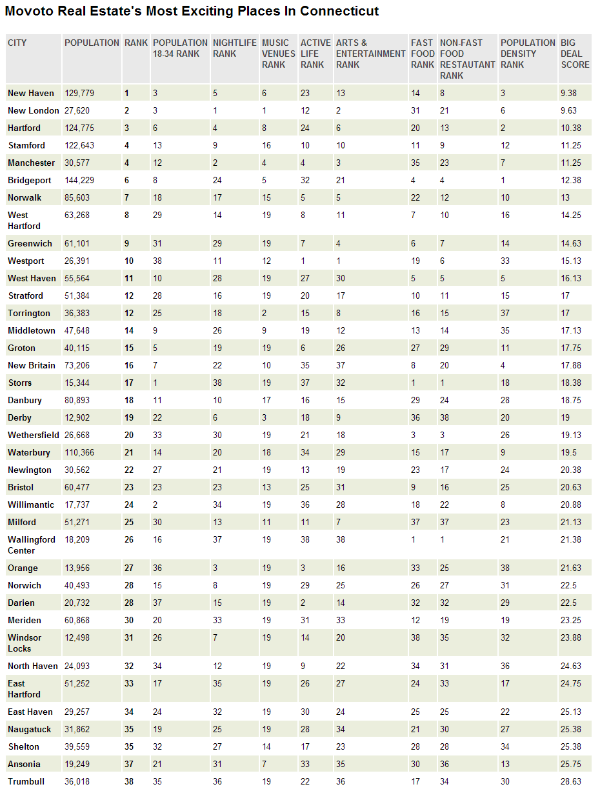Norwalk Among 15 Finalists for City Livability Awards; Energy Program Highlighted
/The City of Norwalk and Mayor Harry Rilling have been chosen as one of fifteen finalists for the U.S. Conference of Mayors City Livability Awards in the national division of cities with populations under 100,000. The awards recognize mayoral leadership for developing and implementing programs that improve the quality of life in America’s cities.
The program is characterized by the U.S. Conference of Mayors as “the most competitive award program” sponsored by the organization, and honors mayors and city governments for developing innovations that enhance the quality of life in urban areas. 
In its application, the City of Norwalk recognized the work of the Mayor’s Energy and Environment Task Force, chaired by Council member John Kydes, according to city officials. Mayor Rilling created the Task Force in February 2014 to promote environmentally responsible use of energy and natural resources among citizens and businesses in Norwalk, and to offer them green energy alternatives.
As a finalist, The City of Norwalk has been invited to submit a second application to the judges for the final round of decisions, which will take place in late spring. A first-place city and four runners-up will be announced at the organization’s annual meeting in June.
The other cities reaching the second round are Aguadilla, PR; Camuy, PR; Carmel, IN; Davie, FL; Hattiesburg, MS; Norcross, GA; Orland Park, IL; Pontiac, MI; Renton, WA; Rochester Hills, MI; Sumter, SC; Sunrise, FL; Warren, OH; and Westland, MI. 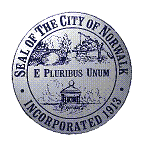
Last year, New Orleans, LA Mayor Mitch Landrieu and West Sacramento, CA Mayor Chris Cabaldon were awarded first place honors – for cities above and below 100,000 population respectively - in the 2014 City Livability Awards, from a pool of over 200 applicants. Honorable mention for cities with populations of less than 100,000 was given to Beverly Hills (CA), Braintree (MA), Roanoke (VA) Tamarac (FL) and York (PA).
Mayor Bill Finch and the City of Bridgeport were recognized with an Outstanding Achievement Award among cities with populations over 100,000 in 2012, for the city’s Brownfields Remediation and Redevelopment Program – the City’s focus on reclaiming dormant brownfields to spur redevelopment. That same year, Hartford and Mayor Pedro Segarra also earned an Outstanding Achievement Award.
Established in 1979, the City Livability Awards are given annually to ten mayors and their cities--a first-place award and four Outstanding Achievement Awards for cities under 100,000 population, and a first-place and four Outstanding Achievement Awards for cities of 100,000 or more inhabitants.
The U.S. Conference of Mayors is the official nonpartisan organization of cities with populations of 30,000 or more. There are nearly 1,400 such cities in the country today, and each city is represented in the Conference by its chief elected official, the mayor.



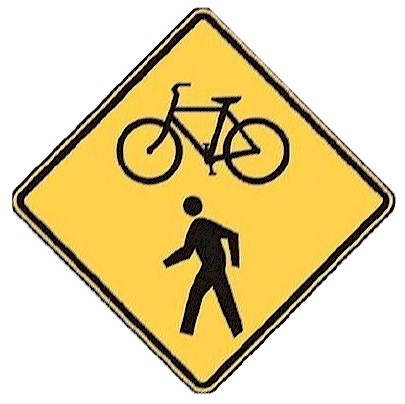
 motorized transportation networks and safety. Communities that routinely collect walking and biking data, they point out, are better positioned to track trends and prioritize investments.
motorized transportation networks and safety. Communities that routinely collect walking and biking data, they point out, are better positioned to track trends and prioritize investments.

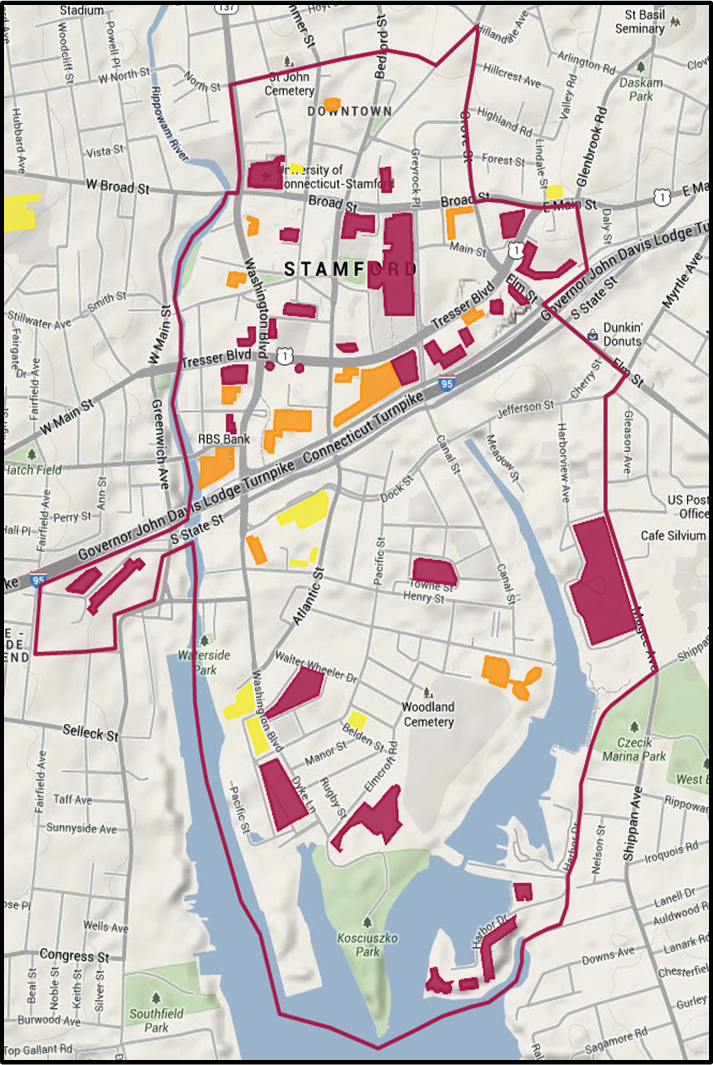 “These collective efforts will establish the Stamford 2030 District as an example of a financially viable, sustainability focused, multi-sector driven effort that maximizes profitability and prosperity for all involved. Through collaboration of diverse stakeholders, leveraging existing and developing new incentives and financing mechanisms, and creating and sharing joint resources, the Stamford 2030 District will prove the business case for healthy and high performing buildings.”
“These collective efforts will establish the Stamford 2030 District as an example of a financially viable, sustainability focused, multi-sector driven effort that maximizes profitability and prosperity for all involved. Through collaboration of diverse stakeholders, leveraging existing and developing new incentives and financing mechanisms, and creating and sharing joint resources, the Stamford 2030 District will prove the business case for healthy and high performing buildings.” Western Connecticut State University has the state's only meteorology program, which was run for many years by WTNH-TV meteorologist Dr. Mel Goldstein. The WCSU website is chock full of
Western Connecticut State University has the state's only meteorology program, which was run for many years by WTNH-TV meteorologist Dr. Mel Goldstein. The WCSU website is chock full of 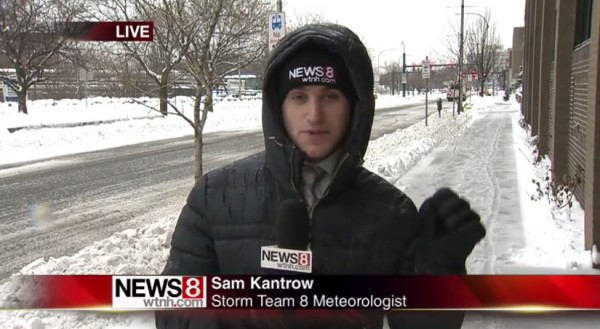
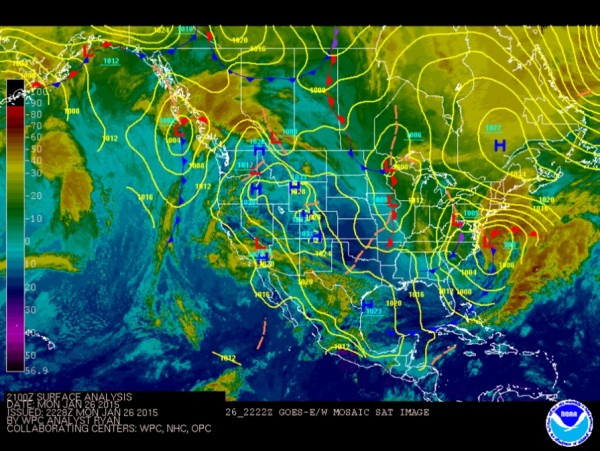 . Students in the bachelor's program earn credits while performing TV/radio weathercasts or doing real-time forecasting for clients in the university's on-campus Weather Center, according to the WCSU website.
. Students in the bachelor's program earn credits while performing TV/radio weathercasts or doing real-time forecasting for clients in the university's on-campus Weather Center, according to the WCSU website.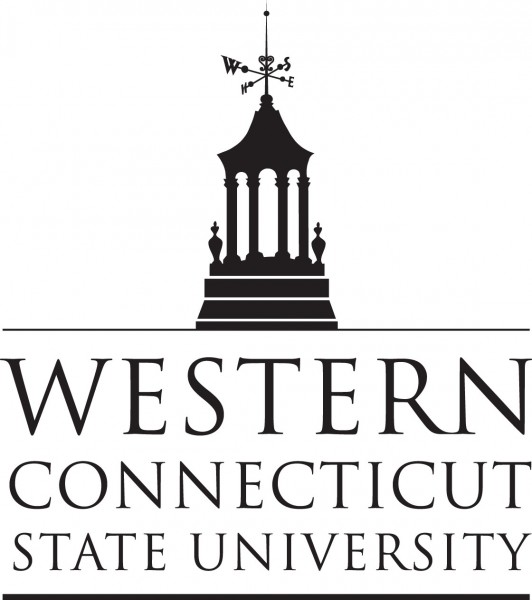
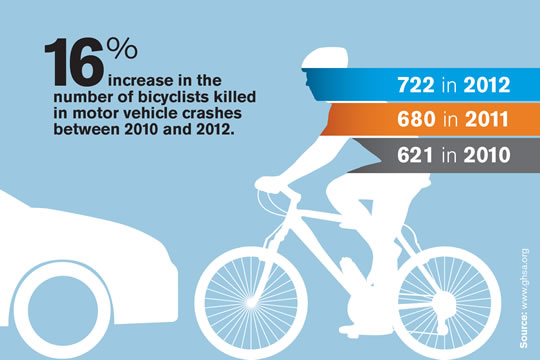
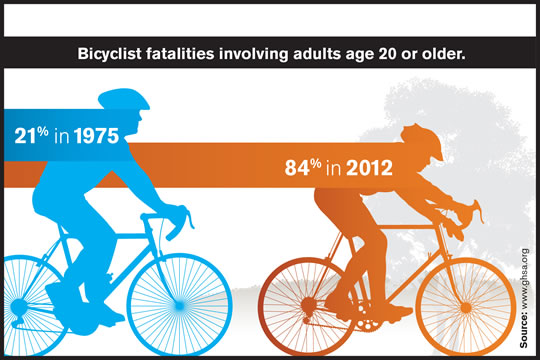
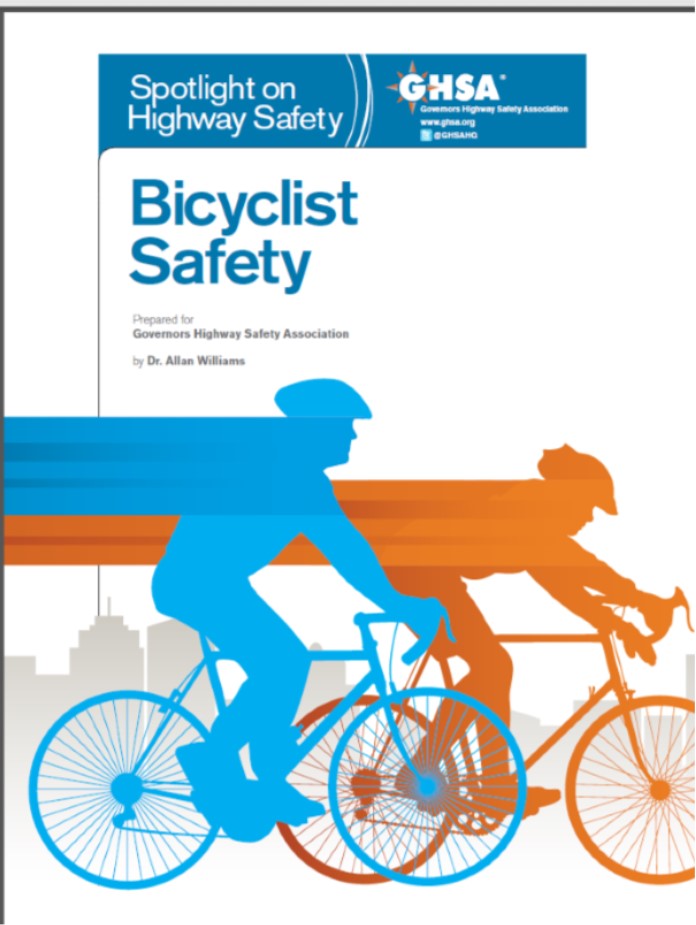 The new GHSA report indicated that in many states and urban areas, engineering measures are being adopted to accommodate bicycles on the road, “with the dual aim of protecting cyclists from collisions with motor vehicles, while encouraging cycling for its health and environmental benefits.”
The new GHSA report indicated that in many states and urban areas, engineering measures are being adopted to accommodate bicycles on the road, “with the dual aim of protecting cyclists from collisions with motor vehicles, while encouraging cycling for its health and environmental benefits.” Rounding out the top 10 are Rhode Island (the state’s first time in top five), Oregon, and Vermont (all tied for #3); Connecticut (#6); New York (#7); Washington (#8); Maryland (#9); and Minnesota (#10).
Rounding out the top 10 are Rhode Island (the state’s first time in top five), Oregon, and Vermont (all tied for #3); Connecticut (#6); New York (#7); Washington (#8); Maryland (#9); and Minnesota (#10).
 s, State, and Local Policy program, said: “Smart energy efficiency choices maintain the same comfort, convenience, and quality of life that consumers want and expect. Energy efficiency is also good for business. State action on energy efficiency improves bottom lines, drives investment across all sectors of the economy, creates jobs, and offsets the environmental harms created by the energy production system.”
s, State, and Local Policy program, said: “Smart energy efficiency choices maintain the same comfort, convenience, and quality of life that consumers want and expect. Energy efficiency is also good for business. State action on energy efficiency improves bottom lines, drives investment across all sectors of the economy, creates jobs, and offsets the environmental harms created by the energy production system.”![5th-tristate-weather-conference-final[1]](http://static1.squarespace.com/static/5c981f3d0fb4450001fdde5d/5c9d7eea87da80ed9fa8b24c/5c9d80f187da80ed9fa935fd/1553826033515/5th-tristate-weather-conference-final1.jpg?format=original)
 Connecticut First Alert Weather Team in December 2005 and currently serves as the weekend evening meteorologist and as a general assignment reporter on weekdays. His
Connecticut First Alert Weather Team in December 2005 and currently serves as the weekend evening meteorologist and as a general assignment reporter on weekdays. His 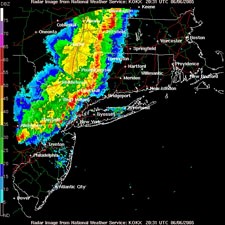 Dr. Jason Tuelll, Director, Eastern Region NWS, Bohemia, NY
Dr. Jason Tuelll, Director, Eastern Region NWS, Bohemia, NY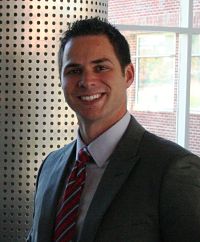
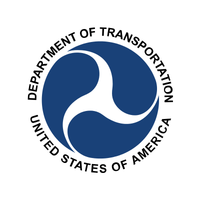 The Bureau of Transportation Statistics (BTS) included the data in
The Bureau of Transportation Statistics (BTS) included the data in 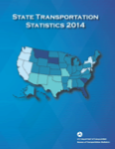
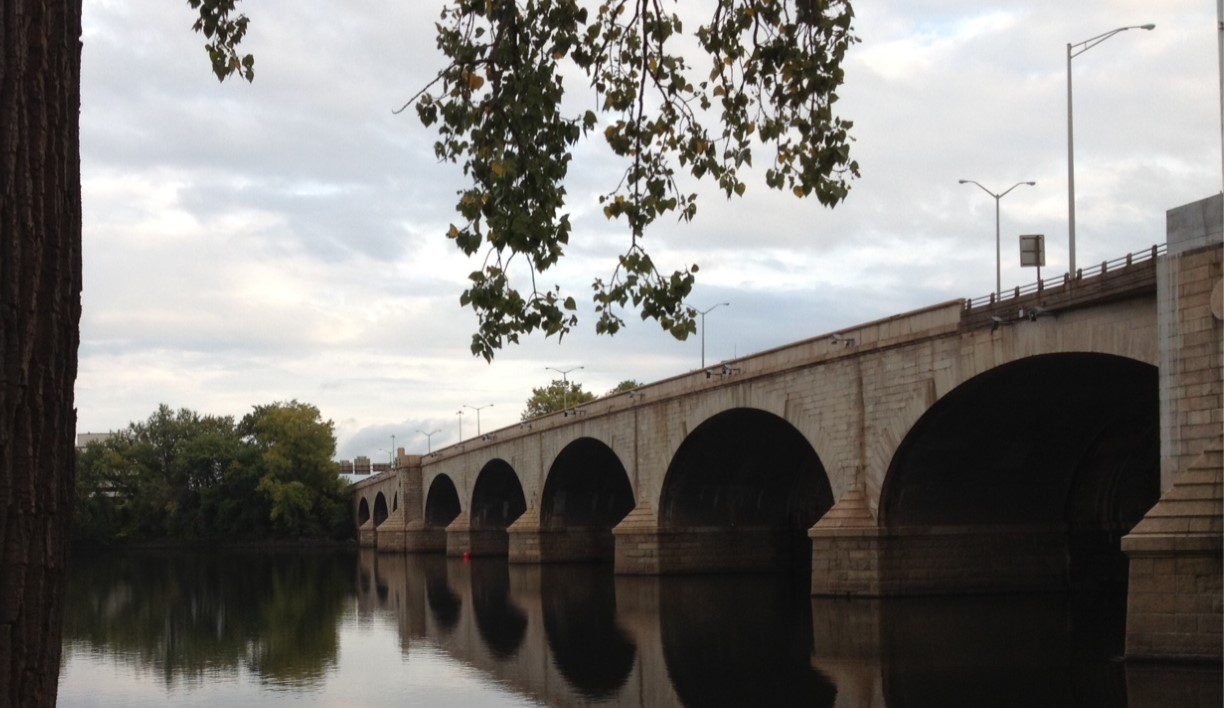

 ss are Torrington, Danbury, West Hartford, Cheshire, Guilford, Greenwich, Plainville, Middlebury, New London, Killingly, Middletown, Fairfield, Madison, Branford, Farmington, Glastonbury, Windsor, Orange and East Hartford.
ss are Torrington, Danbury, West Hartford, Cheshire, Guilford, Greenwich, Plainville, Middlebury, New London, Killingly, Middletown, Fairfield, Madison, Branford, Farmington, Glastonbury, Windsor, Orange and East Hartford.

